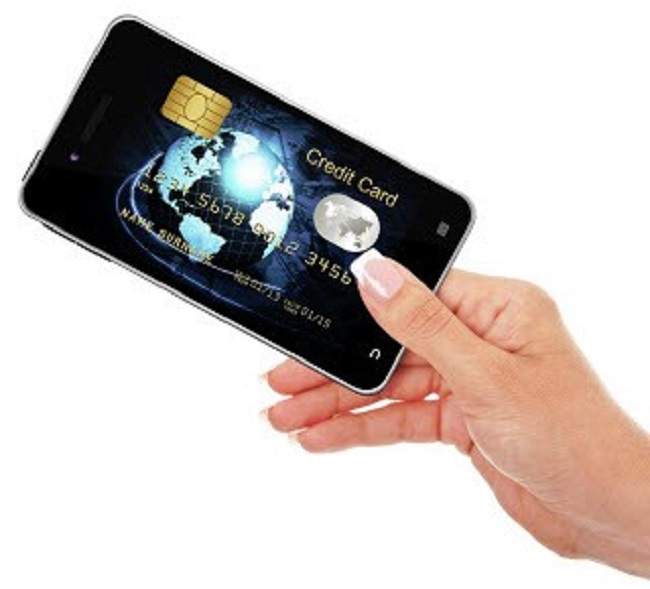An Adobe report has indicated that mobile shopping could be a great deal more but retailers are holding back.
While retail m-commerce has been moving forward, according to Adobe, it could be doing a great deal better. The firm’s data from Europe showed that traffic to retailer sites isn’t reaching its potential.
Europe saw an increase of 54 percent year over year in its mobile retail traffic from smartphones.
Adobe published its European retail m-commerce data in its 2016 Mobile Retail Report. Beyond traffic, smartphone based shopping has also led to an 89 percent increase in its revenue growth since last year. This is far greater than the increase in revenue growth experienced via desktop – at 8 percent – and tablets – at 10 percent.
 Still, as much as the growth in revenues is significant, mobile commerce conversions aren’t nearly great enough to balance the slipping growth rates in the use of tablets and desktops. Europe saw a consistent increase in smartphone traffic throughout Europe. However, the average retailer experienced very little overall online traffic growth.
Still, as much as the growth in revenues is significant, mobile commerce conversions aren’t nearly great enough to balance the slipping growth rates in the use of tablets and desktops. Europe saw a consistent increase in smartphone traffic throughout Europe. However, the average retailer experienced very little overall online traffic growth.
The boost in retail m-commerce isn’t actually driving up the use of online shopping overall.
On average, European retailers saw a year over year traffic increase of only 3 percent when taking all channels into account. Tablet traffic slid by 8 percent and desktop traffic fell by 7 percent. The smartphone growth rate was by far the highest but it was not adequate to make up for what was lost over other devices.
That said, the online retail revenue growth rate was healthy at 13 percent over last year. This was primarily built on the foundation of desktop purchases, which continue to represent the vast majority of online purchases.
Desktops brought in 74 percent of total online revenue, despite the fact that they represent a notably lower 58 percent of traffic. Clearly, the conversion rate over desktop is significantly higher than over other devices.
Smartphone retail m-commerce represented 12 percent of total online revenue but 27 percent of the traffic to retail sites across Europe. The average order value over desktop was also far greater than over smartphones. In that area, desktop outperformed smartphones by a sizeable 25 percent.

 Despite that fact, this makes it very clear that mobile payment adoption remains an exceptionally slow process. It is far from being mainstream as of yet.
Despite that fact, this makes it very clear that mobile payment adoption remains an exceptionally slow process. It is far from being mainstream as of yet.